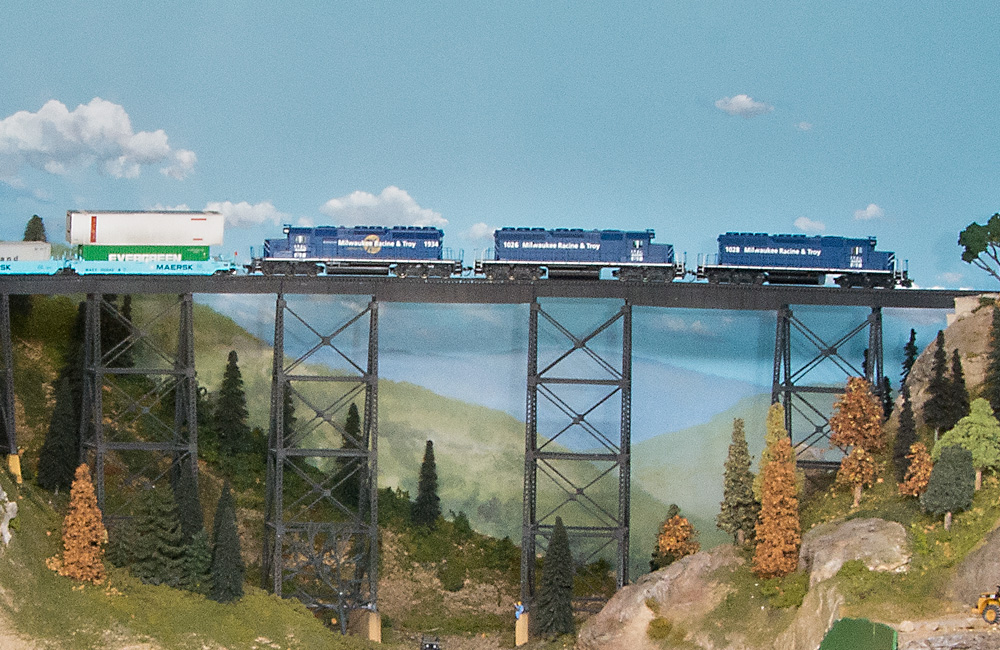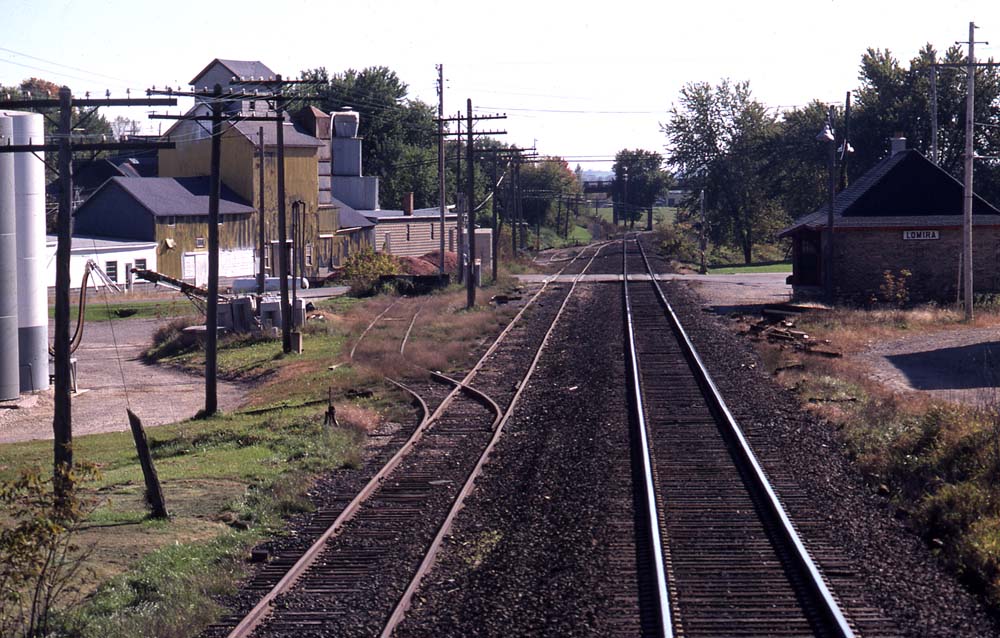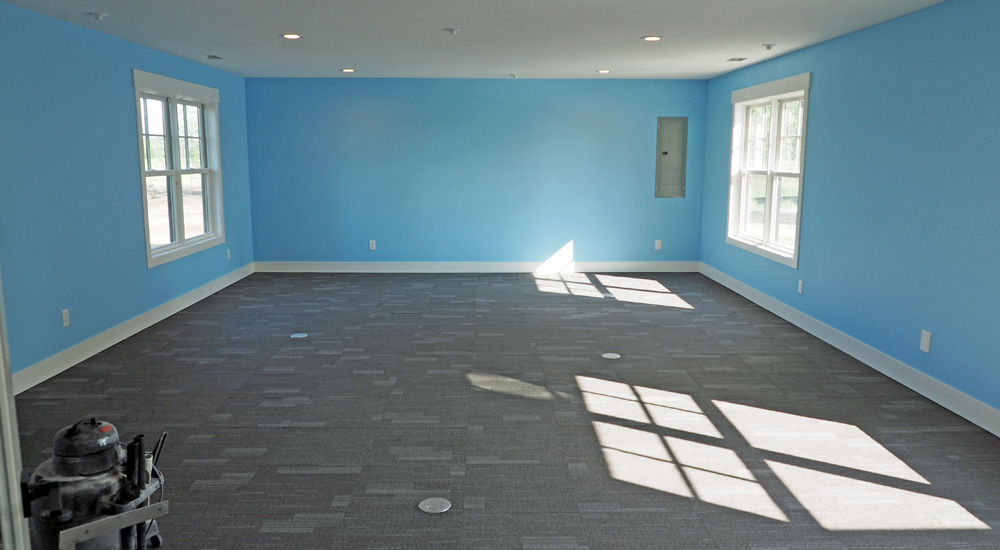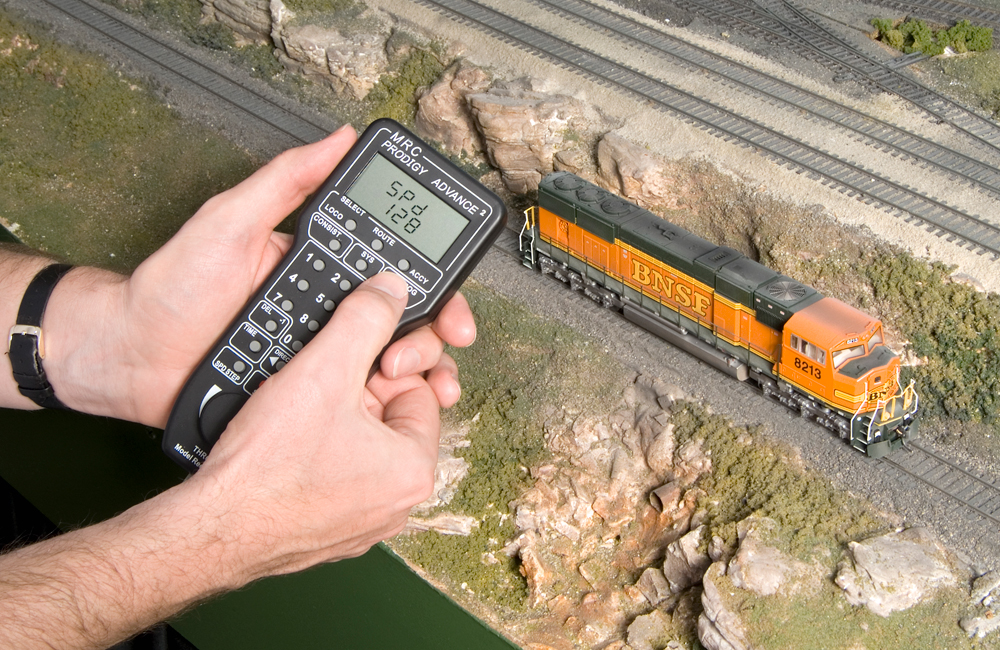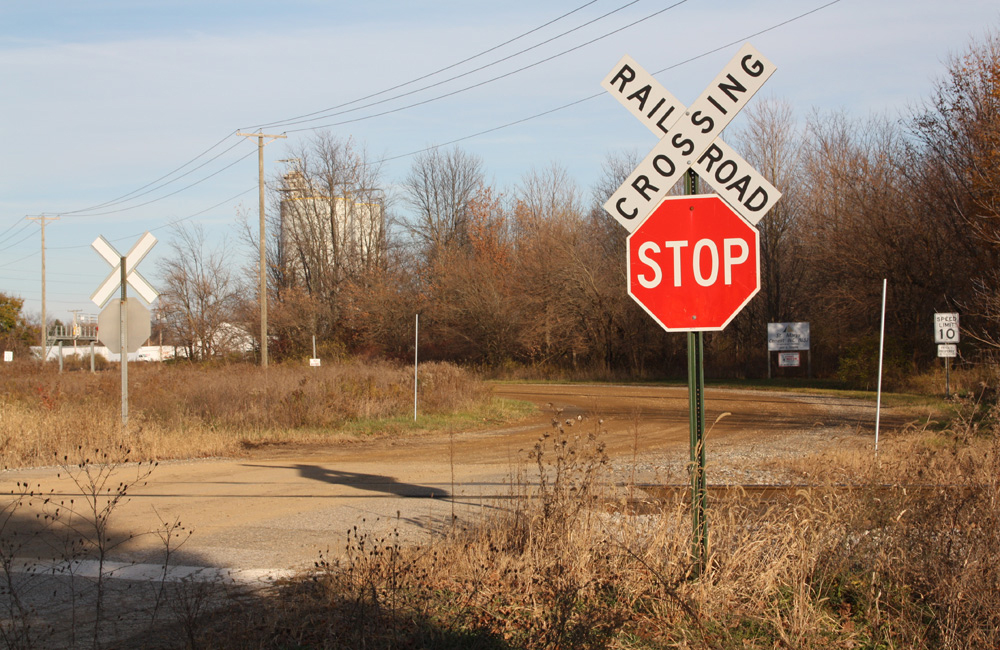
Q: I’ve given up counting rivets; now I’m into what I call chronological accuracy. My layout is set in 1956. I’m OK with choosing appropriate vehicles and diesels for that era, and I learned that yellow stop signs were replaced by standardized red signs in the late 1950s, but other questions remain. When were roof walks on interchange freight cars outlawed? When did railroads give up cabooses? When were diamond crossing signs replaced by crossbucks? And speaking of crossbucks, is there a standard as to which word faces up? – Neil Berger
A: You’ve got quite a few questions there. I’ll take them in order. In 1966 the federal government prohibited running boards on new cars delivered after Oct. 1 of that year. Railroads began removing them from existing boxcars and reefers at that time, though generally only when a car was in for rebuilding, so this change was gradual. Running boards were mandated to be removed from all rolling stock by Jan. 1, 1974, but that deadline was extended to Dec. 31, 1983.
Cabooses were never prohibited, but railroads started to give them up in 1982, when laws mandating their use were relaxed and technology took over many of the functions of the crew in the caboose. You can still find them in use in special cases, like as shoving platforms or in transfer service.
The design and placement of street signage, including crossbucks and railroad crossing approach warning signs, is mandated by the Department of Transportation and described in its Manual of Uniform Traffic Control Devices, or MUTCD. Crossbucks are mentioned in the oldest version I could find online, the 1930 Manual on Street Traffic Signs, Signals, and Markings (a predecessor to the MUTCD). There’s no mention of diamond-shaped signs in that manual, so they were long gone by your era. In the United States, the words “RAIL ROAD” appear on the downward-sloping leg of the X, separated by the word “CROSSING” on the upward-sloping leg. Canada’s are nearly the same, substituting “RAIL WAY” in the downward leg. Railway crossing approach signs in the 1930 manual were black markings on white, 24” in diameter, with the cross mounted orthogonally instead of diagonally as today, and the letters “R R” in the upper two quadrants. By the 1935 MUTCD, the approach sign was changed to the standard we know today – black markings on yellow, 30” diameter, diagonal cross, with “R R” in the two side quadrants. The diagonal cross was instituted because the vertical one looked too similar to the sign for a road crossing.
Q: I recently decided to rebuild my beloved old Atlas MP 15 DC Switcher, which gave up the ghost some time ago. I ordered a new motor and new truck assemblies, as everything else looked OK. When the parts arrived I found instead of soldered connections between the motor and the printed-circuit (PC) board, there were contact strips that connected to the underside of the PC board and, the new motor and flywheels had a different connection for the worm and shaft assemblies. New ones were ordered. When everything was assembled, my switcher worked beautifully, except that when it runs forward the rear lights come on. In reverse, the opposite happens. I spoke to Atlas, who couldn’t help. Can you? I’m thinking I need to ditch the contact strips and go back to the wire connection. – Rod McKelvey, Australia
A: Are the lights soldered directly on the circuit board (and the light conducted to the lenses via light tubes), or are they attached by wires? If you’re lucky, they’re wired, and you can simply add some more wire to swap which light is powered by which set of contacts on the circuit board. If they’re directly soldered, you need to reverse the direction of the motor instead. Snip off the tabs that conduct electricity to the motor and solder on wires to swap the polarity of the motor leads. Don’t mess with the power pickups or the lights.
Reader Tip: Powering pot metal frogs
It can be difficult to power some turnout frogs, like those on Atlas Snap-Switches, that are cast from “pot metal” that doesn’t take solder well. I use a product called Conductive Wire Glue, offered by American Science and Surplus (sciplus.com). The metal frog must be very clean; I use a wire brush in a motor tool. It must dry overnight before a reliable electrical connection is made, so I use an alligator clip to hold the wire in place while the glue cures. After it’s fully cured, I coat it with cyanoacrylate adhesive (CA). It works every time. – Al Malick
Send us your questions
Do you have a question about model railroading you’d like to see answered in Ask MR? Send it to associate editor Steven Otte at AskMR@MRmag.com.






